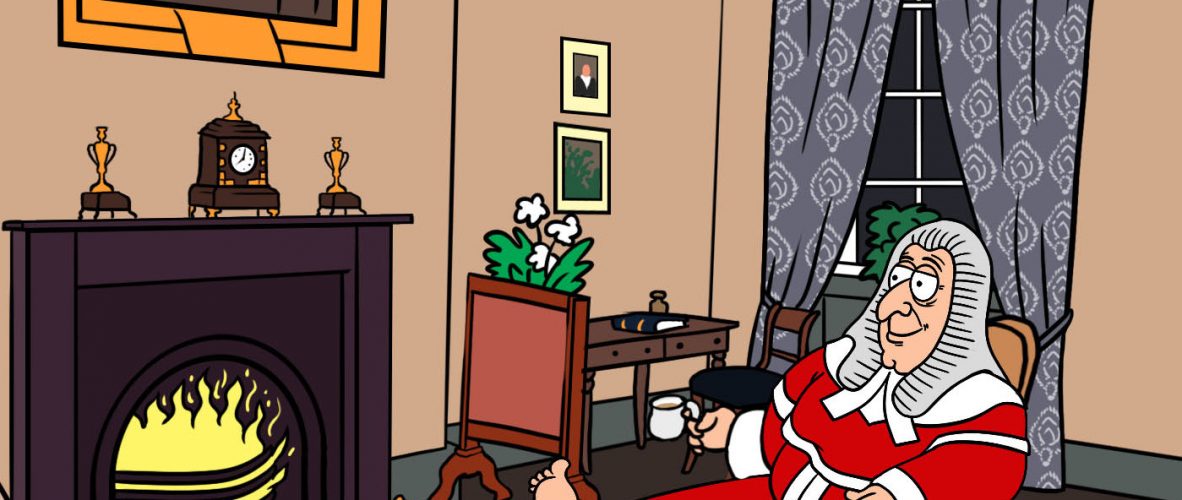The name given to the tight trousers worn by some Regency gentlemen, such as the notorious Beau Brummell and his ‘dandy’ followers, as they showed off their leg muscles.
mystery objects
What does it do?
Looking at objects is a great way to think about how people lived in the past. You can think not only about how objects were used, but who used them and made them, how they were made and used and how they might be like things you have in your own home.
There are a variety of activities you can do with the objects we have to show you here. You may wish to start by guessing what the object was used for in a Victorian house. Each picture has another image as a clue to help you and if you really get stuck you can click to find out the answer. Some of the objects you might find easy to work out, but others may be a bit tougher – and sometimes the clues could be even harder to work out!
You may wish to look at each picture and think through some questions about it, such as those suggested below.
Perhaps you could draw the objects for yourself and write down your thoughts on them. You could also print out both the pictures and their picture clues and attempt to put them into pairs.
Questions you might like to think about:
What is it made of?
Is it composed of more than one substance?
What sort of person made it? And how did they do it? (hand-made, in a mould, by a machine?)
Is it decorated? How? Why?
Do you think it would cost a lot for a Victorian to buy?
Does anything on it move?
Do you think it would be easy or hard to use?
What would you use in your house to do the same job?
Who would use it in Victorian times?
And of course… what is it?
